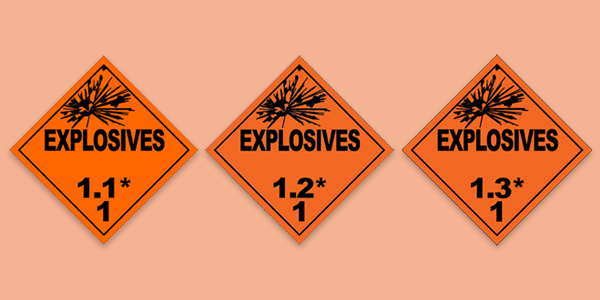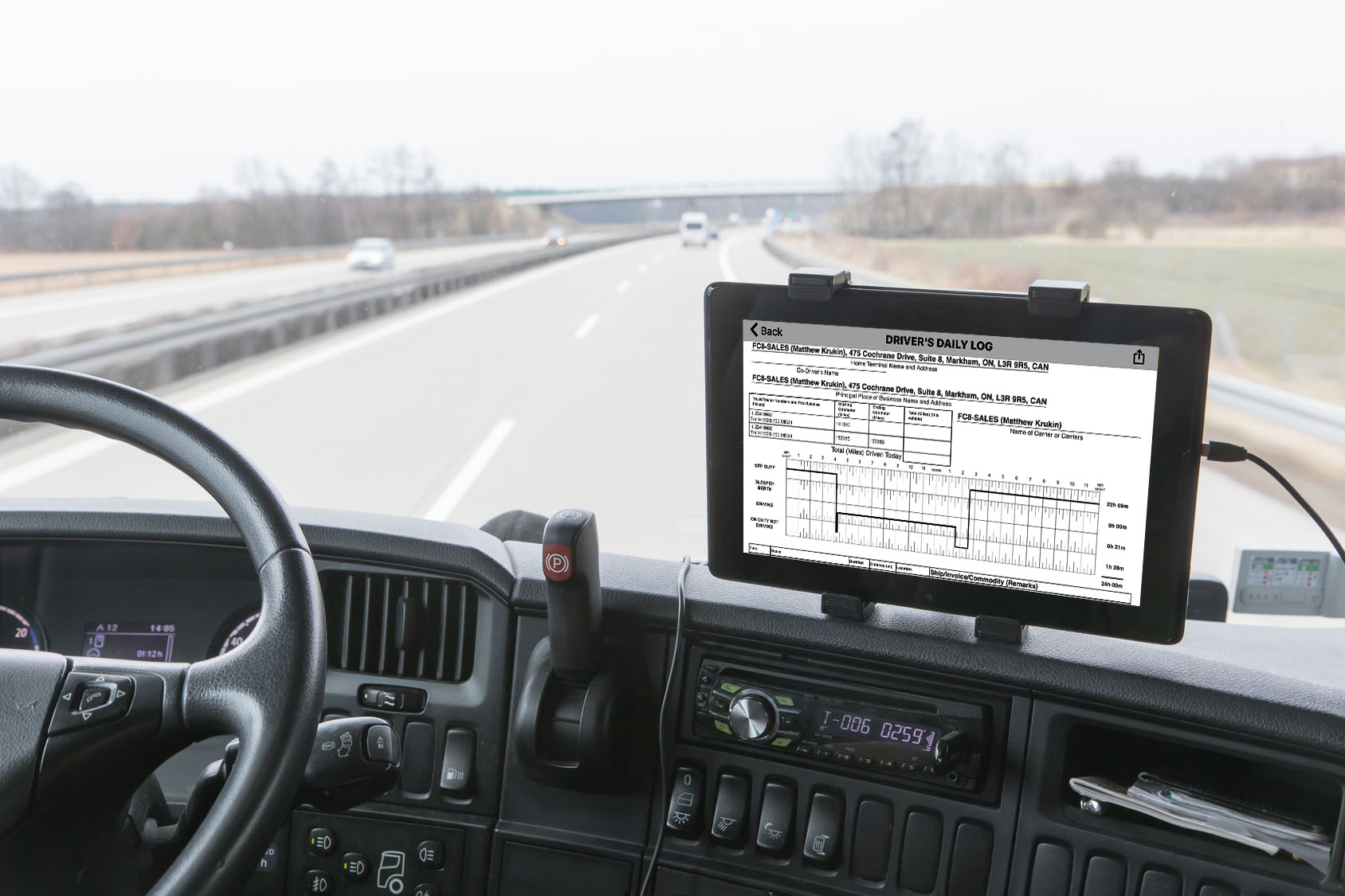Many motor carriers, and Safety Directors till struggle to grasp how the Federal Motor Carrier Safety Authority (FMCSA) CSA enforcement program is managed. So we decided to do another blog and go back to the BASICs (pun intended) of the CSA Program.
CSA is the Federal Motor Carrier Safety Administration’s (FMCSA) data-driven program. It is all about Compliance, Safety, and Accountability.
Commercial motor vehicle drivers are also independently graded on their compliance and safety performance and are also held accountable for unsafe behaviors.
Maintaining a good safety record is more important than ever, both for a motor carrier’s ability to continue moving freight and people and for a commercial motor vehicle driver’s own career.
To pass under CSA, a fleet and its drivers need to understand how their performance will be scored and what you can do to keep those scores low.
How It Works Basically?
Your company’s safety data appears online in FMCSA’s Safety Measurement System (SMS). FMCSA updates the SMS once a month with data from roadside inspections, including driver and vehicle violations; crash reports from the last two years; and investigation results. The SMS considers the following activities:
• The number of safety violations and inspections;
• The severity of safety violations or crashes;
• When the safety violations occurred, with recent events weighted more heavily;
• The number of trucks/buses a carrier operates, and the number of vehicle miles traveled;
• Acute and Critical Violations found during investigations.
The FMCSA’s Driver SMS will generate a motor carrier’s scores every 30 days on each of the seven categories known as the “BASICs.”
1. Unsafe Driving: Activities include, but are not limited to speeding, reckless driving, improper, lane change, inattention, not wearing a seatbelt.
2. Controlled Substances/ Alcohol: Activities include use and/or possession of controlled substances/alcohol
3. Crash Indicator: Activities include history of crash involvement (Not available to the General Public).
4. Fatigued Driving: Activities include, noncompliance with HOS regulations, including logbooks, ELDs.
5. Driver Fitness: Defects include, but are not limited to possessing an invalid license, medically unfit to operate a CMV.
6. Vehicle Maintenance: Defects include, but are not limited to brakes, lights, defects, failure to make required repairs.
7. Hazardous Materials Compliance: Defects include, but are not limited to leaking containers, improper packaging and/or placarding (Not Public)
The SMS groups carriers by BASIC with other carriers that have a similar number of safety events (e.g., crashes, inspections, or violations).The SMS then ranks carriers and assigns a percentile from 0 to 100 (the higher the percentile, the worse the performance) to prioritize them for interventions.The more violations a fleet has in any one BASIC, the worse a motor carrier’s score will be in that category, and the more likely the fleet and/or their drivers will be targeted for gradual enforcement and discipline by the FMCSA.
What Are The Formulas?
The formulas used to measure a motor carrier’s performance on each BASIC is based on data from the past 24 months:
|
BASICs |
FORMULA |
|
1. Unsafe Driving |
Severity Weight x Time Weight |
|
4. Fatigued Driving |
Severity Weight (+ 2 for OOS) x Time Weight
|
How Does Severity Weight Work?
Each violation or crash carries an assigned severity weight indicating how “serious” the violation or crash was in terms of safety, as listed in the CSA severity tables.
Multiple counts of the same violation are only counted only once per inspection, and the total severity for any one inspection is capped at 30 points per BASIC.
In most cases, 2 points will be assessed to a motor carrier’s CSA profile if a driver and/or a commercial motor vehicle or vehicle is placed out of service.
How Does Time Weigh Work?
The total severity weight for each inspection or crash is multiplied by a time weight, with the most recent crashes and violations carry more weight depending on severity.
TIME OF CRASH OR VIOLATION |
TIME WEIGHT |
|
Less than 6 Months |
3 |
|
Over 6 Months and up to 12 months |
2 |
|
Older than 12 months but within the past 24 months |
1 |
|
More than 24 Months |
0 |
How Does the BASIC Intervention Thresholds Work?
The intervention thresholds are set at various BASIC percentiles. Because higher percentiles represent worse safety performance, a lower BASIC Intervention Threshold percentile represents a more stringent safety criterion.
FMCSA’s analysis has shown that the Unsafe Driving, Crash Indicator, and HOS Compliance BASICs have the strongest associations to crash risk. Therefore, the BASICs with stronger associations to future crash involvement have a lower Intervention Threshold than the other BASICs. Similarly, passenger and hazardous materials carriers have lower intervention thresholds because when they are involved in crashes the consequences are often greater than general motor carriers.
|
BASIC |
Intervention Thresholds |
||
|
Passenger Carrier |
Hazardous Materials |
General Carrier |
|
|
Unsafe Driving, Crash Indicator, HOS |
50% |
60% |
65% |
|
Vehicle Maintenance, Controlled Substances/Alcohol, Driver Fitness |
65% |
75% |
80% |
|
Hazardous Materials |
80% |
80% |
80% |
Why Does CSA Matter?
After measuring a motor carrier’s performance in each BASIC, the FMCSA can compare that motor carrier’s scores to those of other drivers to find the ‘high-risk drivers’ and target them for remedial enforcement attention.
If a driver has a poor safety record and the motor carrier’s is subjected to a DOT audit, the Auditor will likely investigate that driver’s personal violations and issue a formal warning letter or citation as required.
Having a poor safety record may also result in a driver having a greater difficulty to secure long-term employer with a motor carrier as a professional driver.



































































































